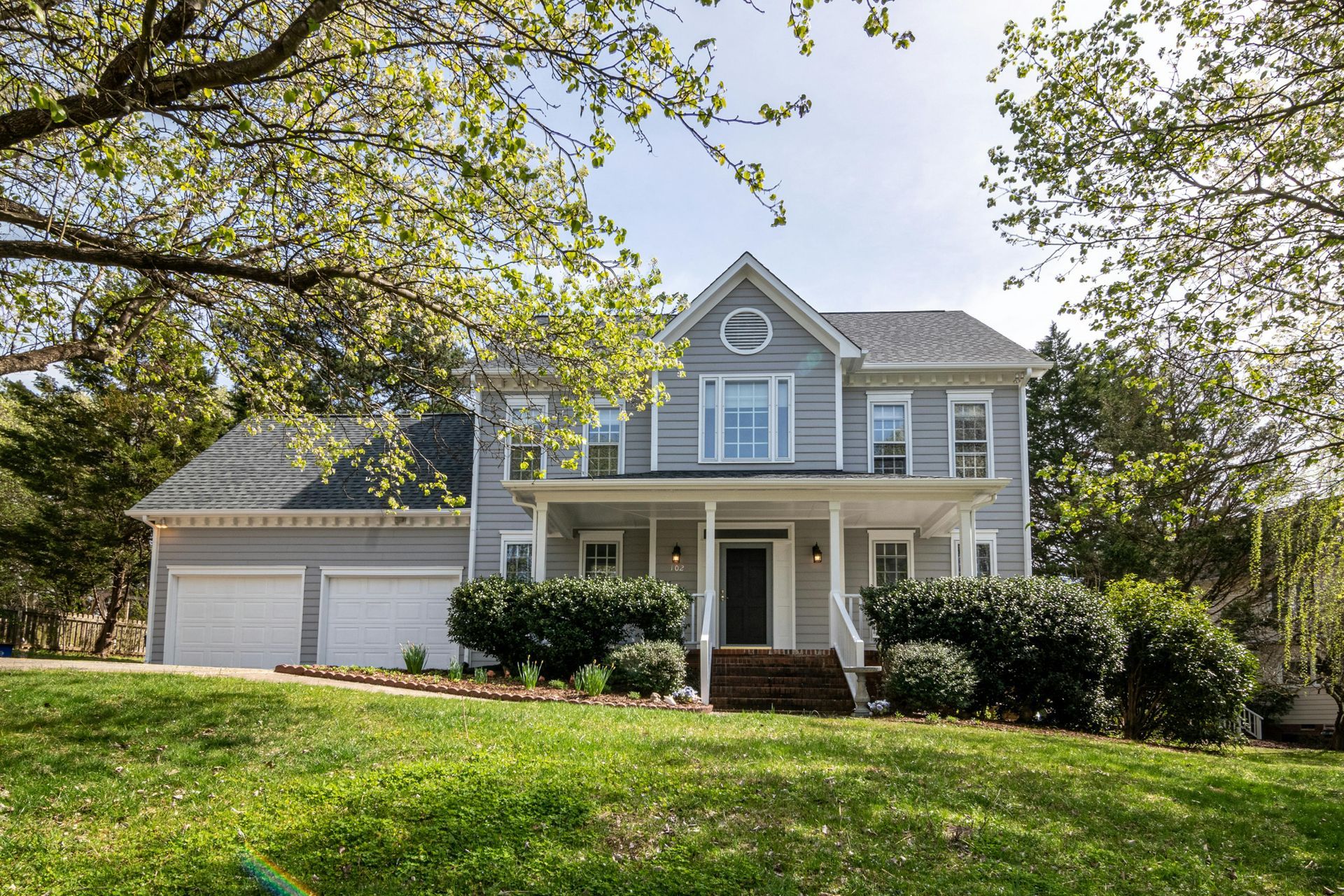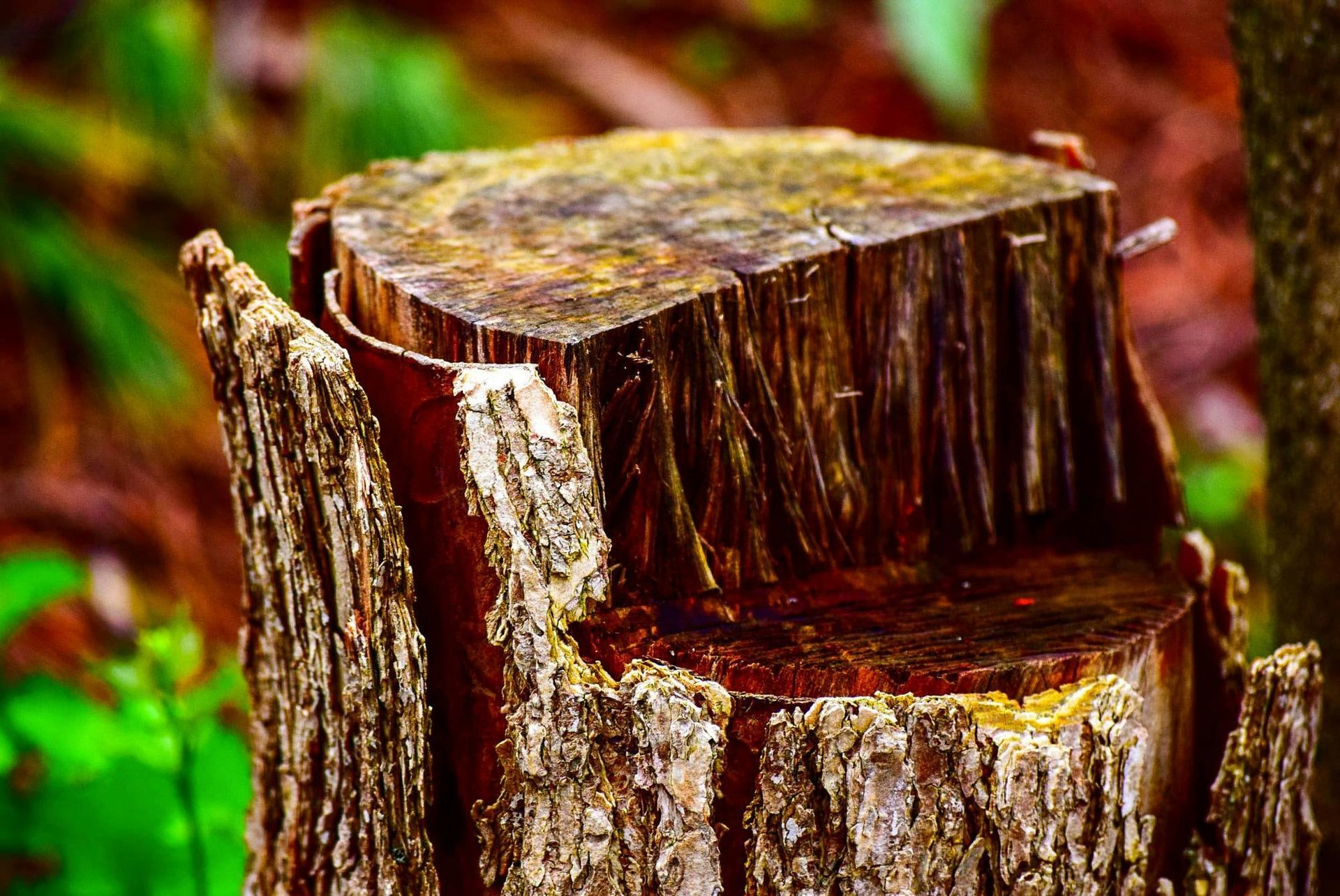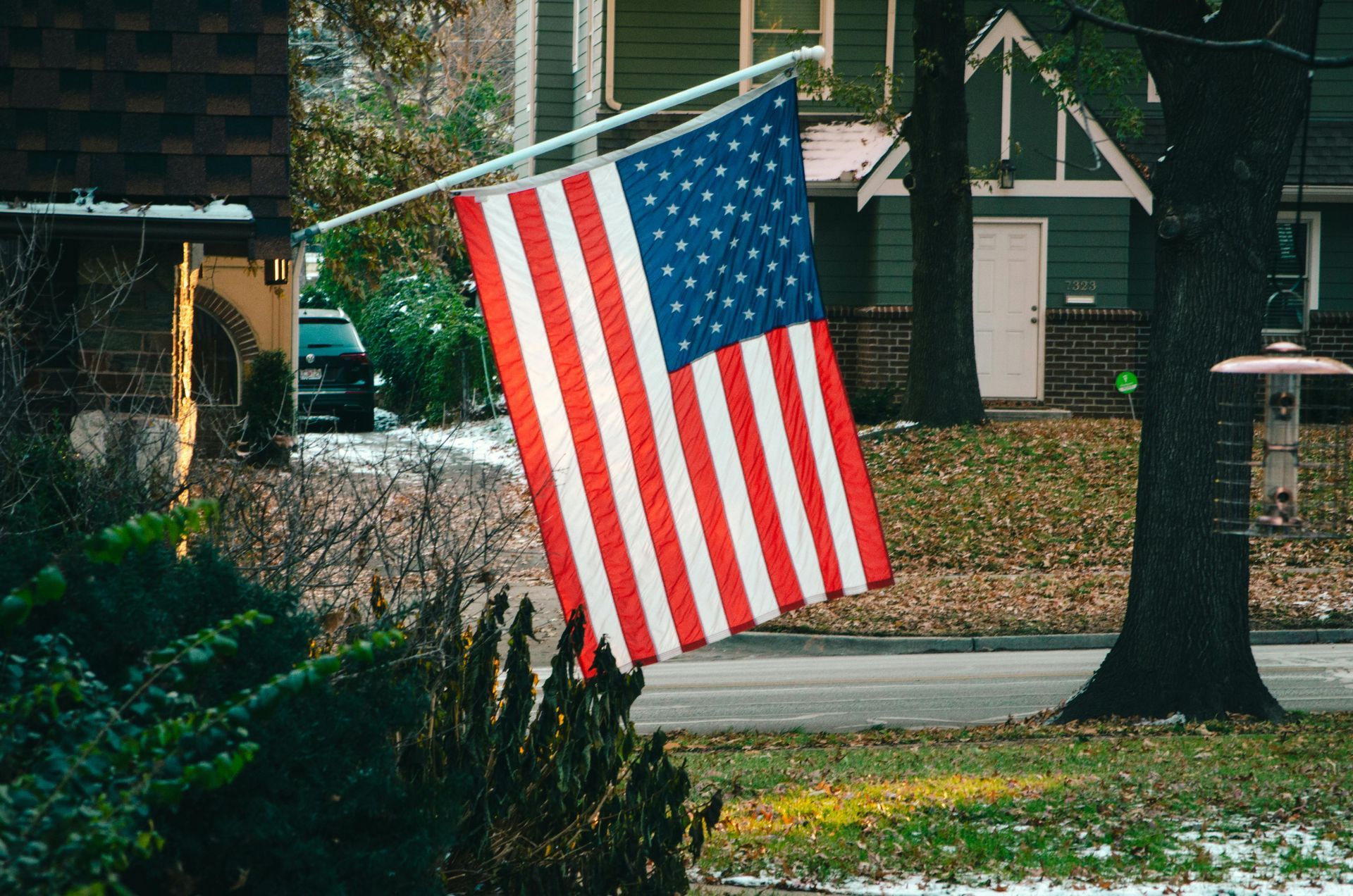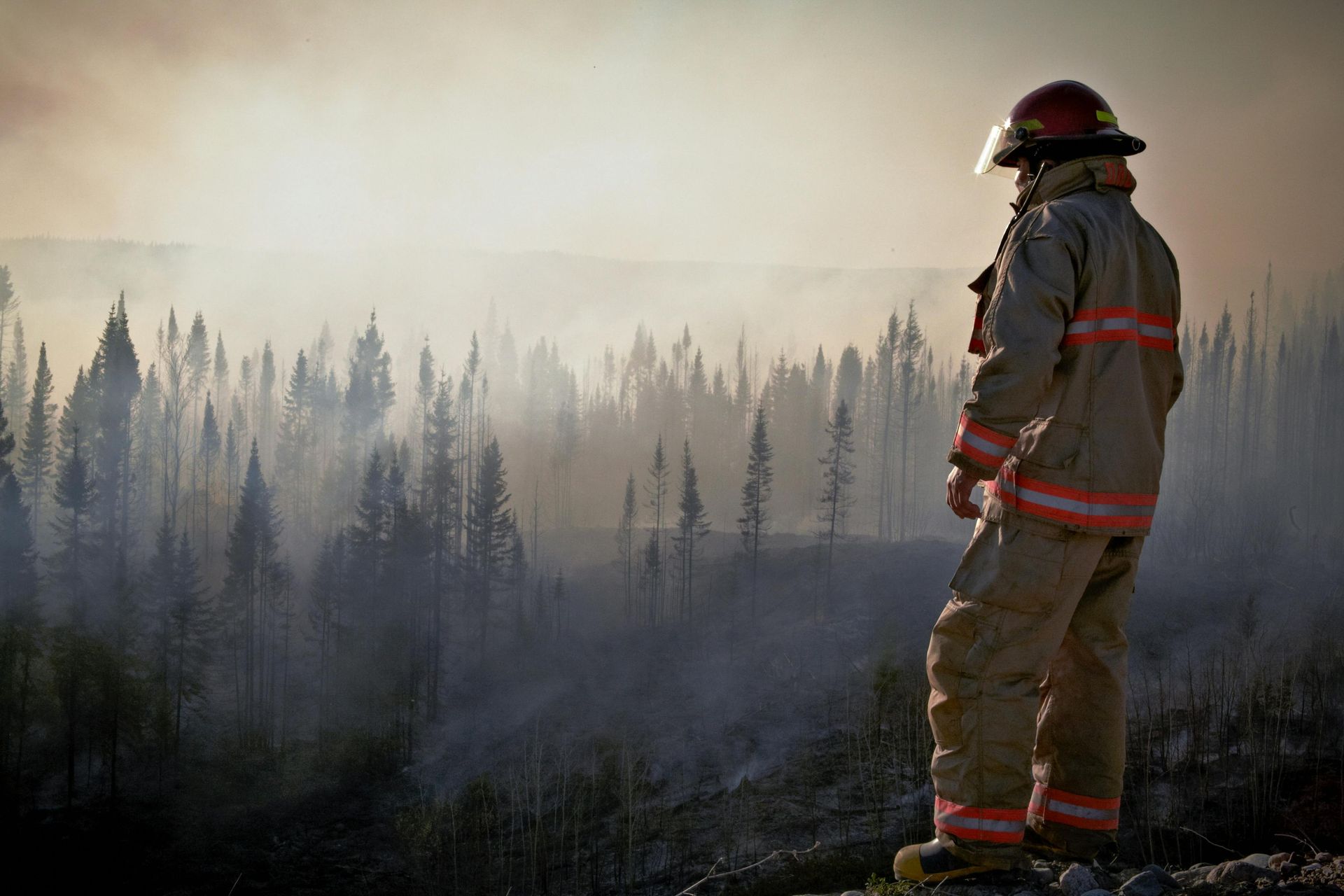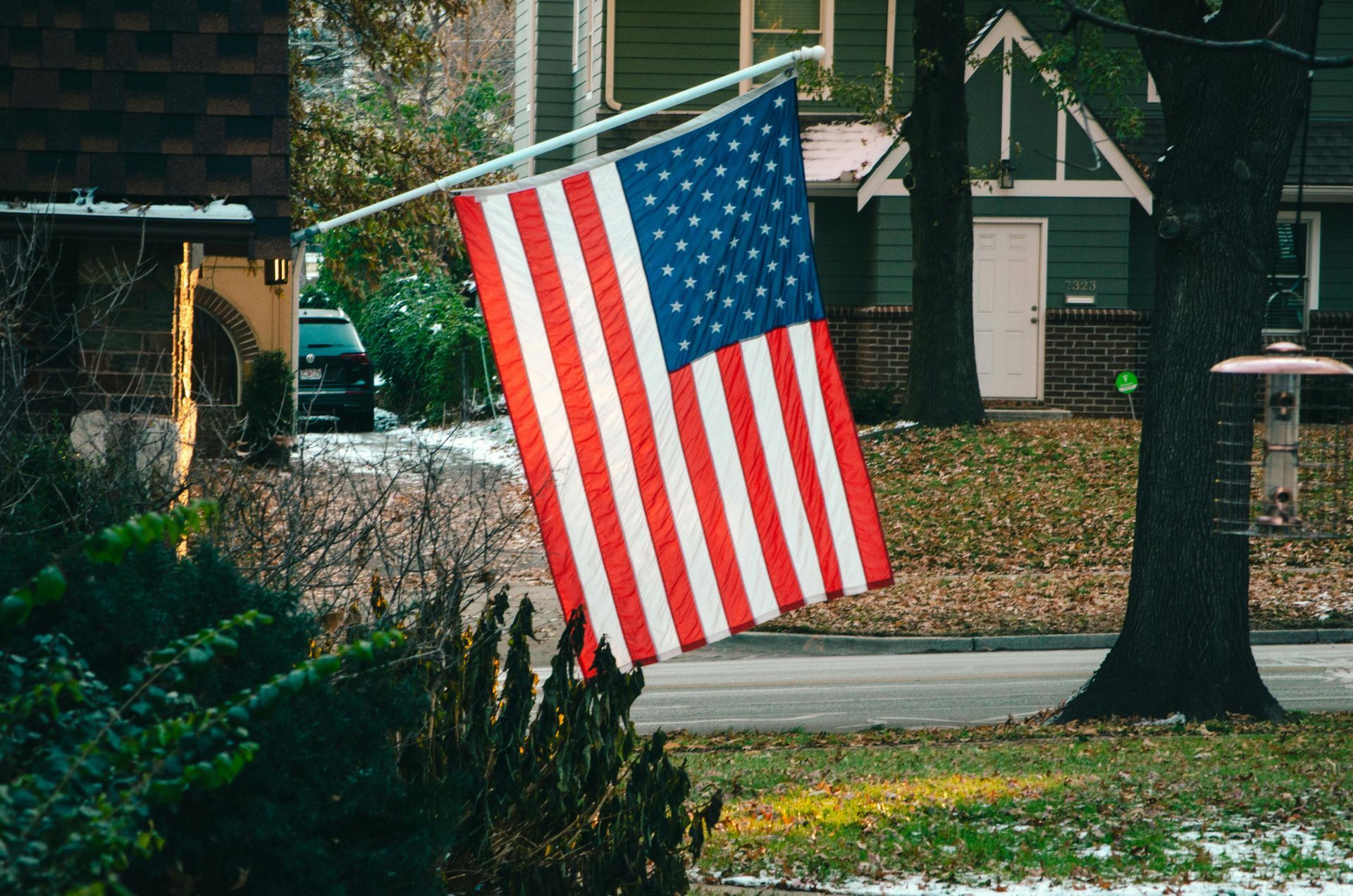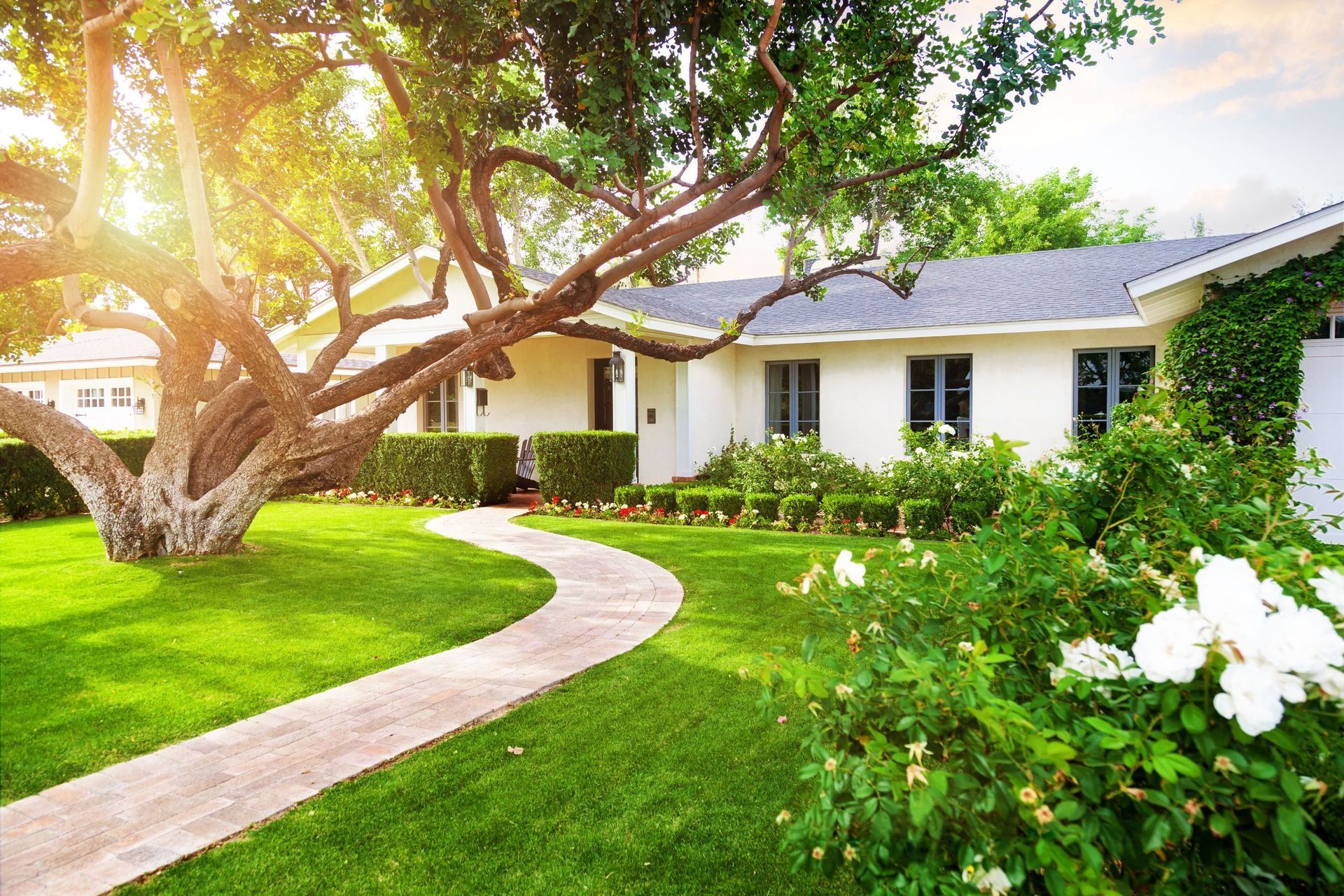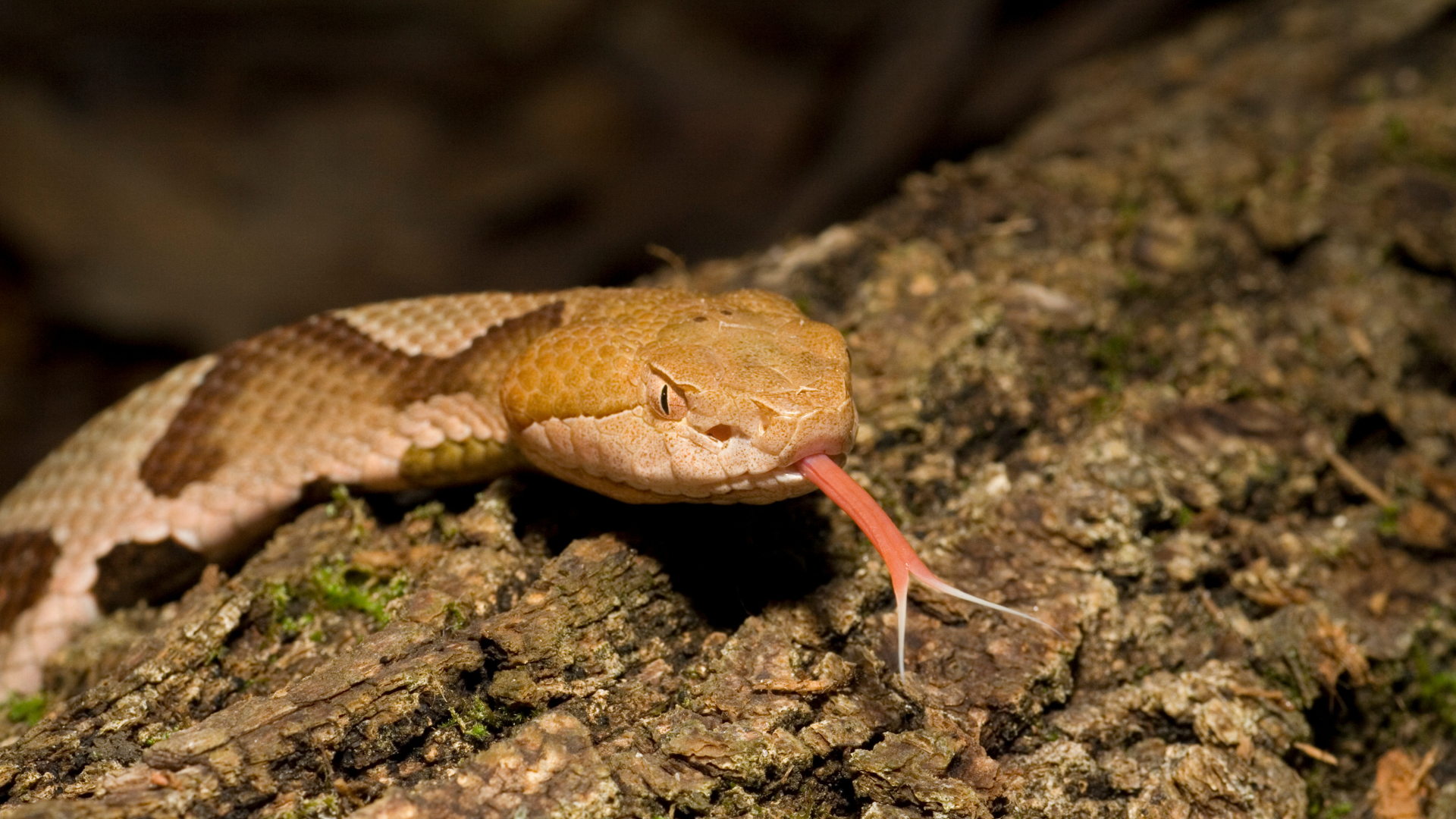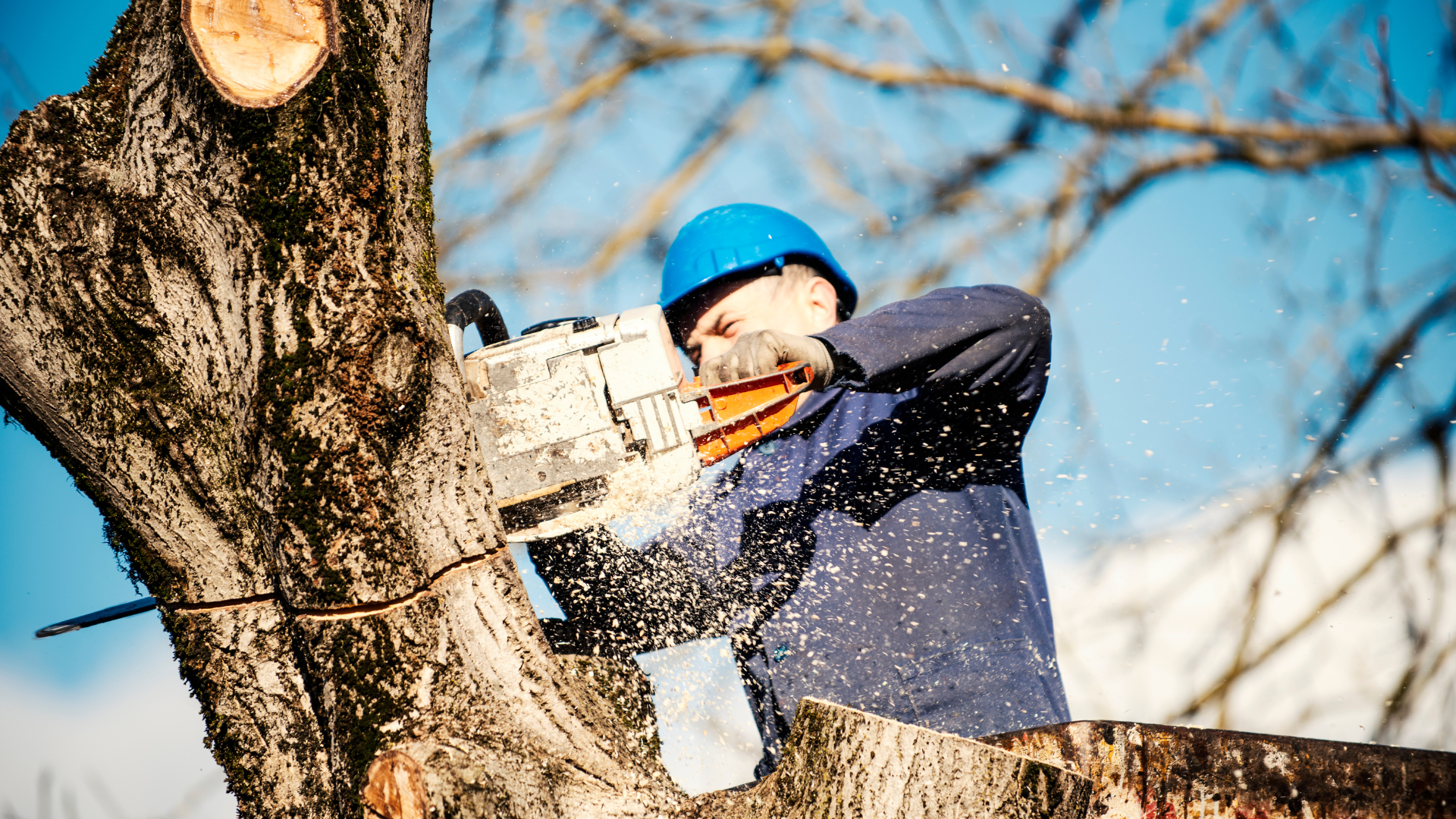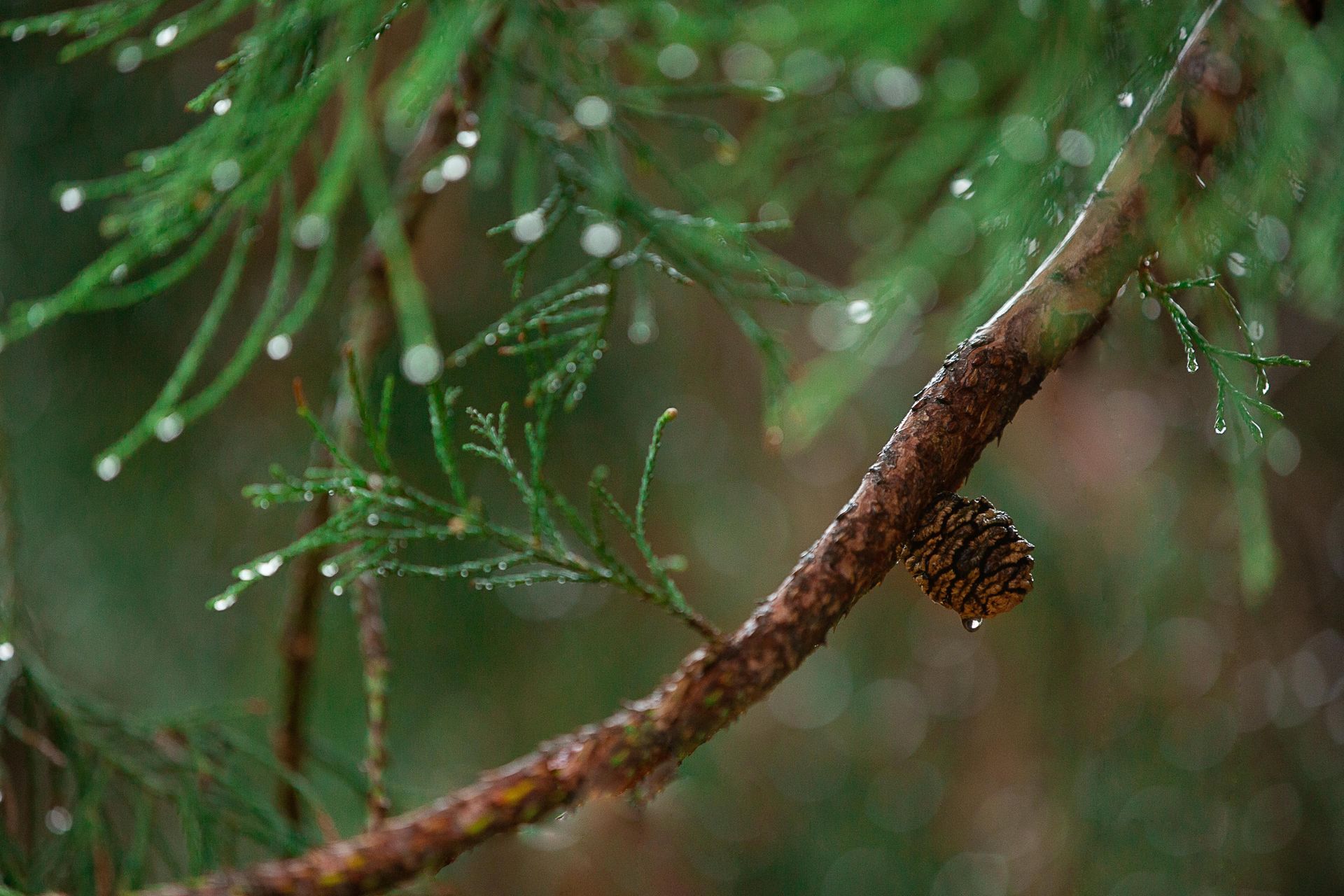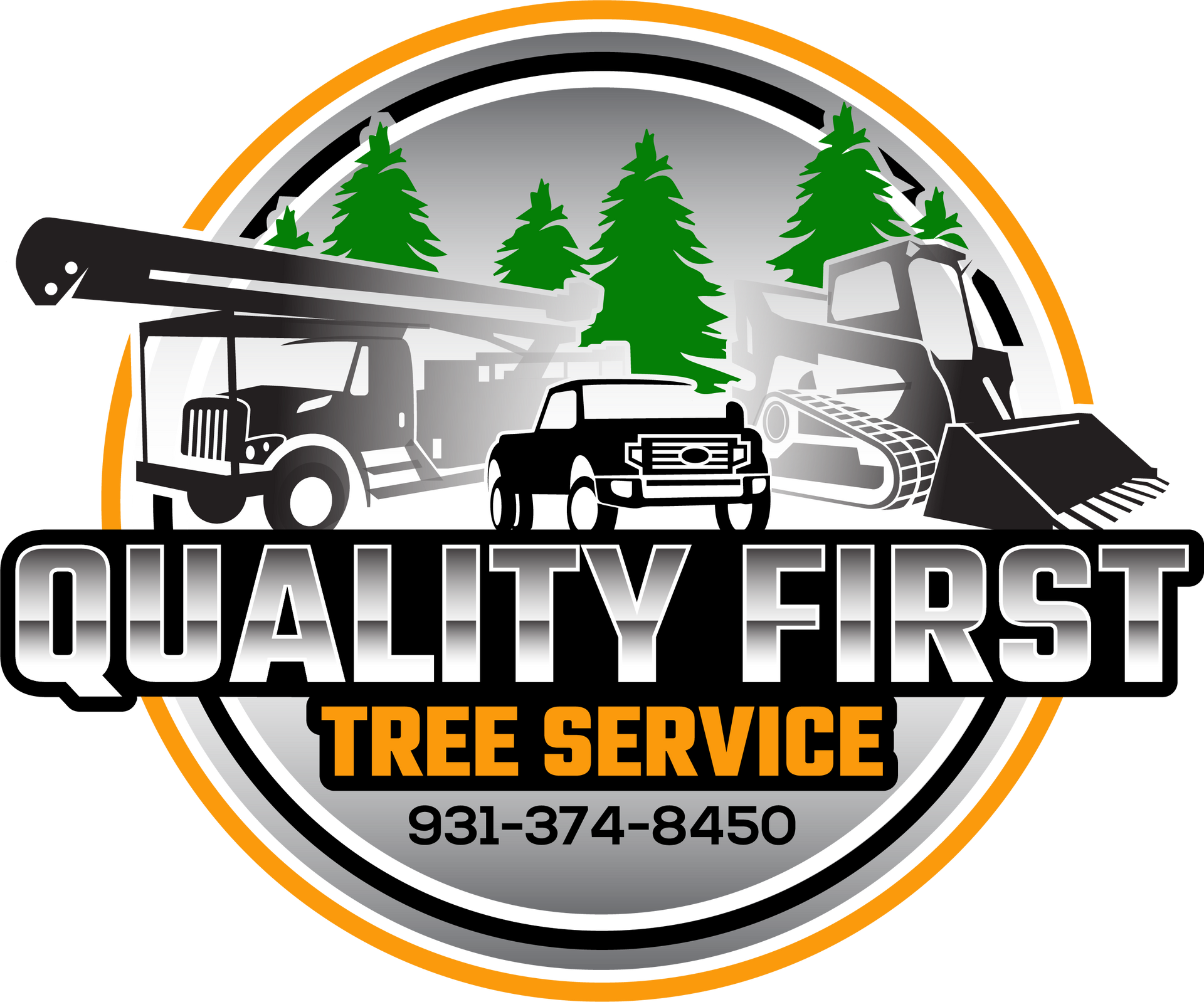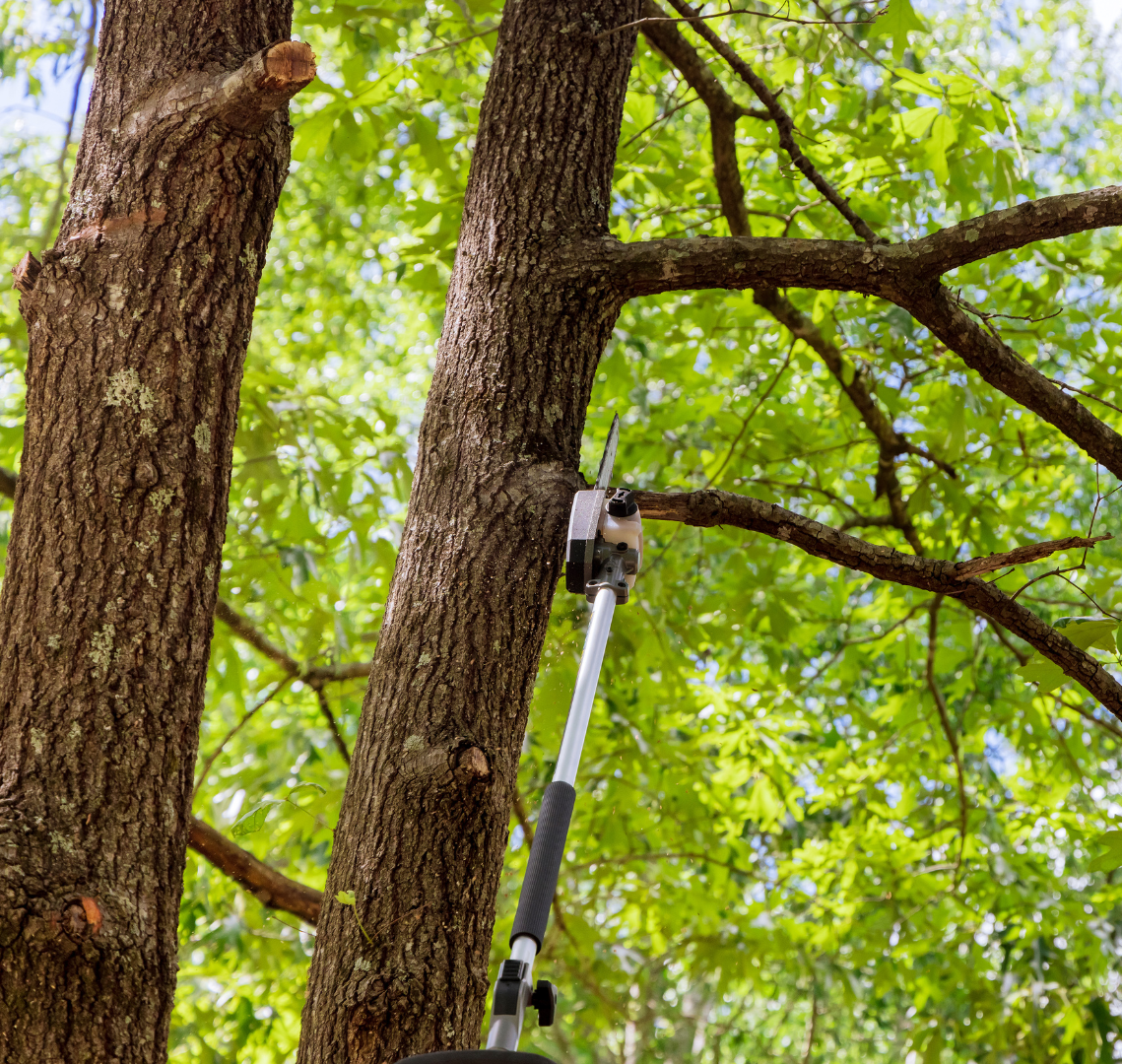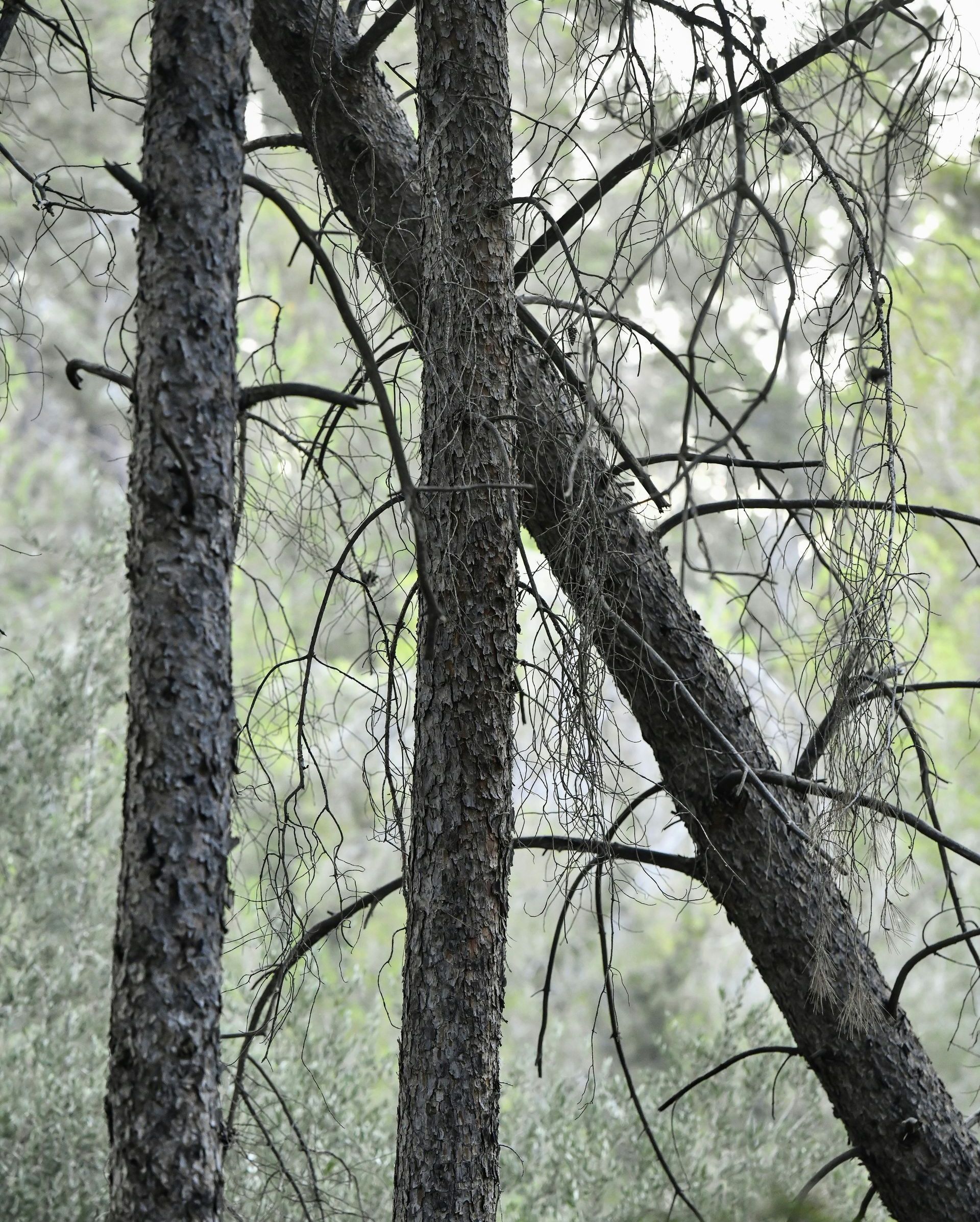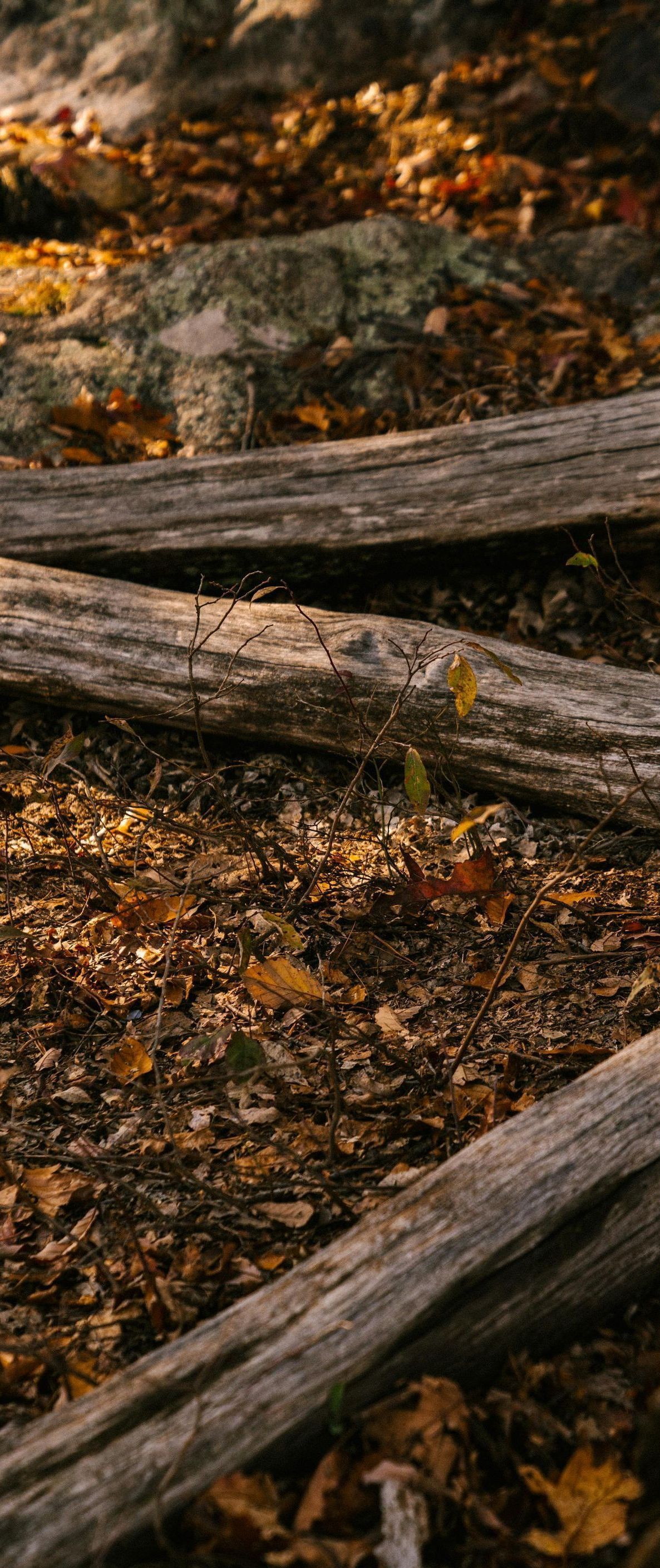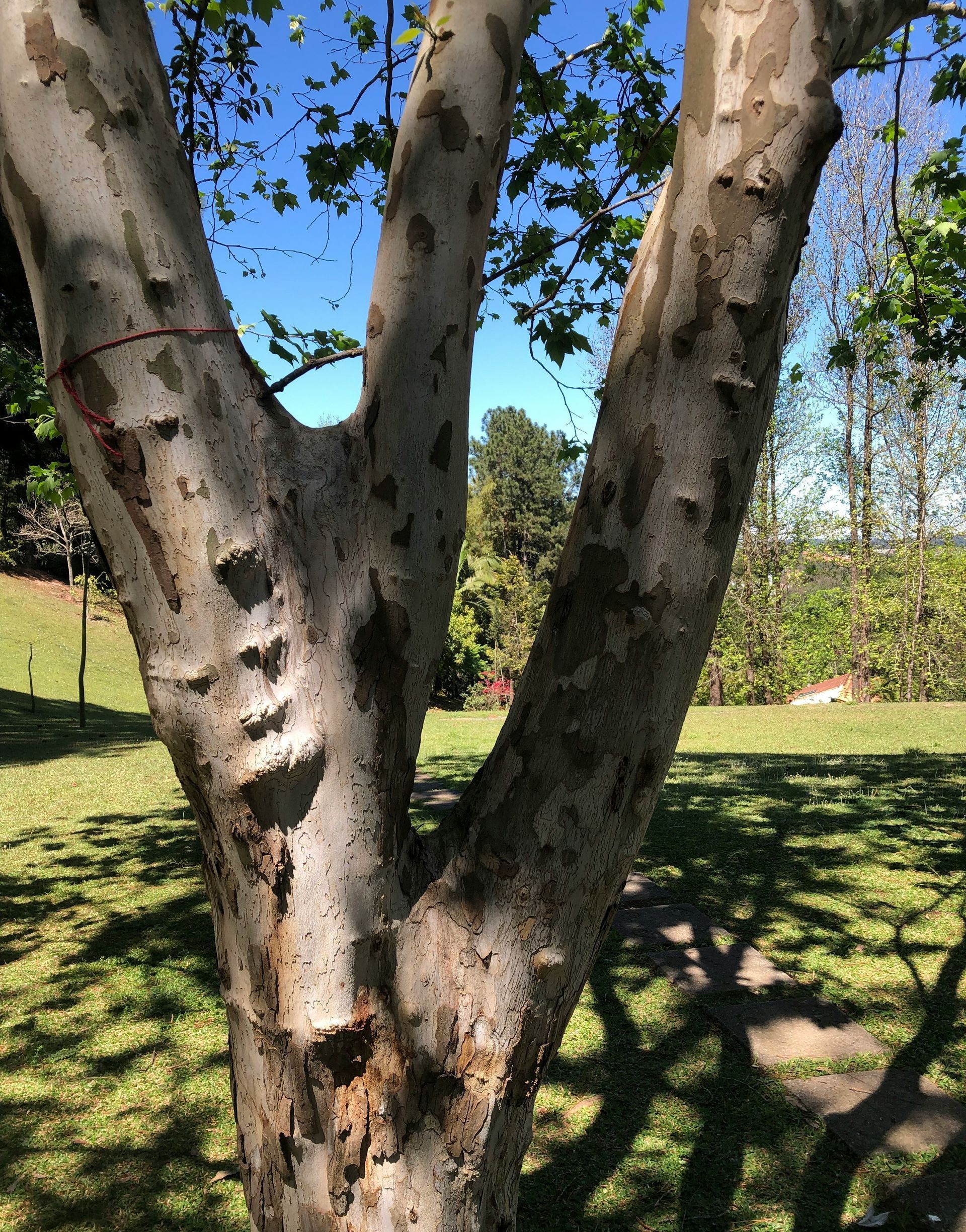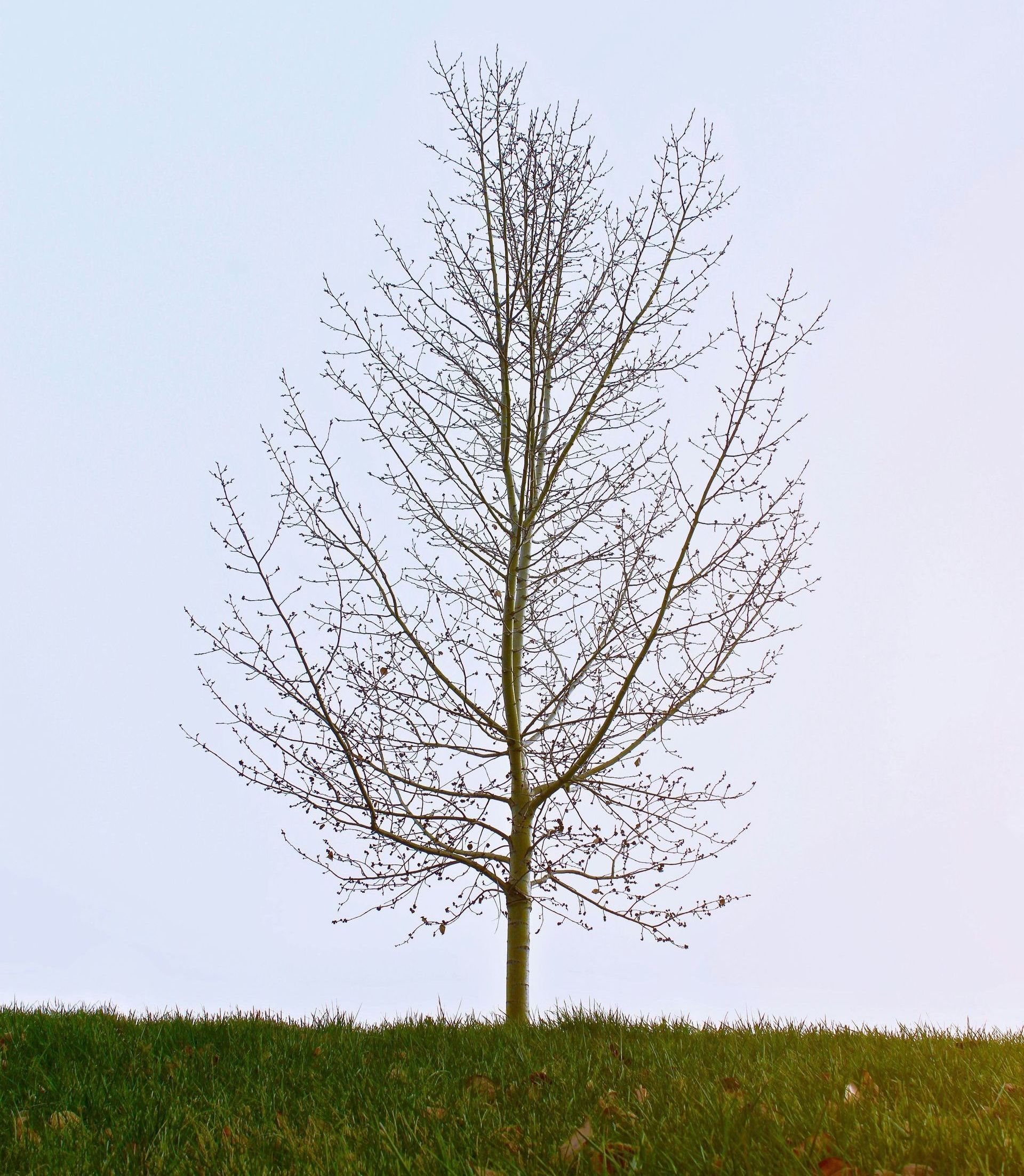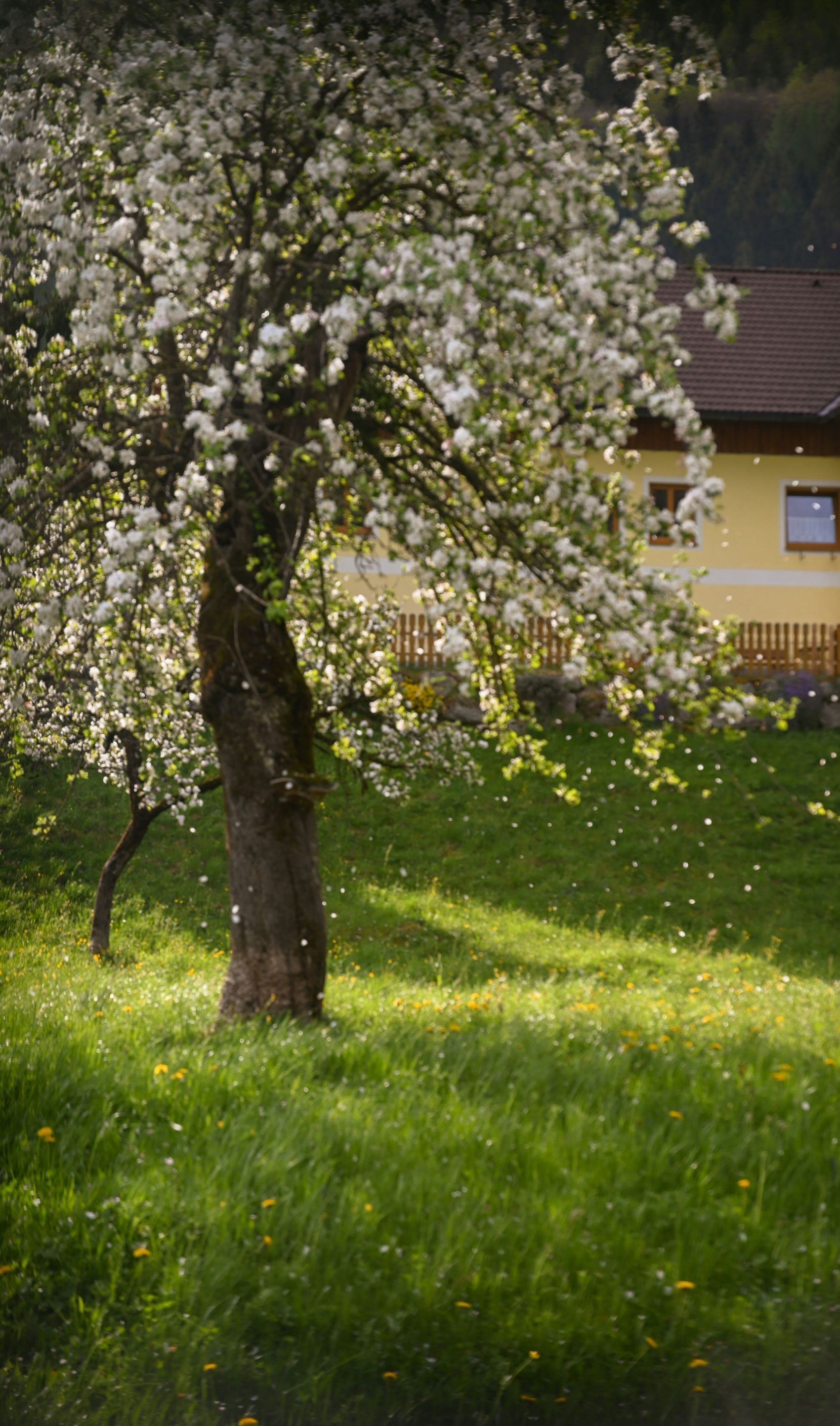When to Call a Pro: 6 Signs That a Tree Is a Hazard, Not Just an Eyesore
Warning Signs You Shouldn’t Ignore
Trees are a defining part of the landscape in Tennessee. They provide beauty, shade, and habitat—but they can also become dangerous liabilities when their health declines or their structure is compromised. While some tree issues may seem cosmetic at first glance, others carry serious risks to your property and personal safety.
Knowing when a tree has crossed the line from unsightly to unsafe is essential. At Quality First Tree Service, we specialize in identifying and managing these hazards with professional care. Here are the key signs that it is time to stop overlooking that problem tree—and call in the experts.

1. Dead or Dying Branches
One of the most obvious signs of a hazardous tree is the presence of large dead branches, especially in the upper canopy. These limbs can break off without warning, posing a threat to anyone or anything beneath them.
Look for:
- Bare branches with no leaves during the growing season
- Bark that is peeling or falling off in large chunks
- Branches that snap easily or appear brittle
A professional arborist can assess whether the tree can be pruned to remove dead material or if deeper issues require full removal.
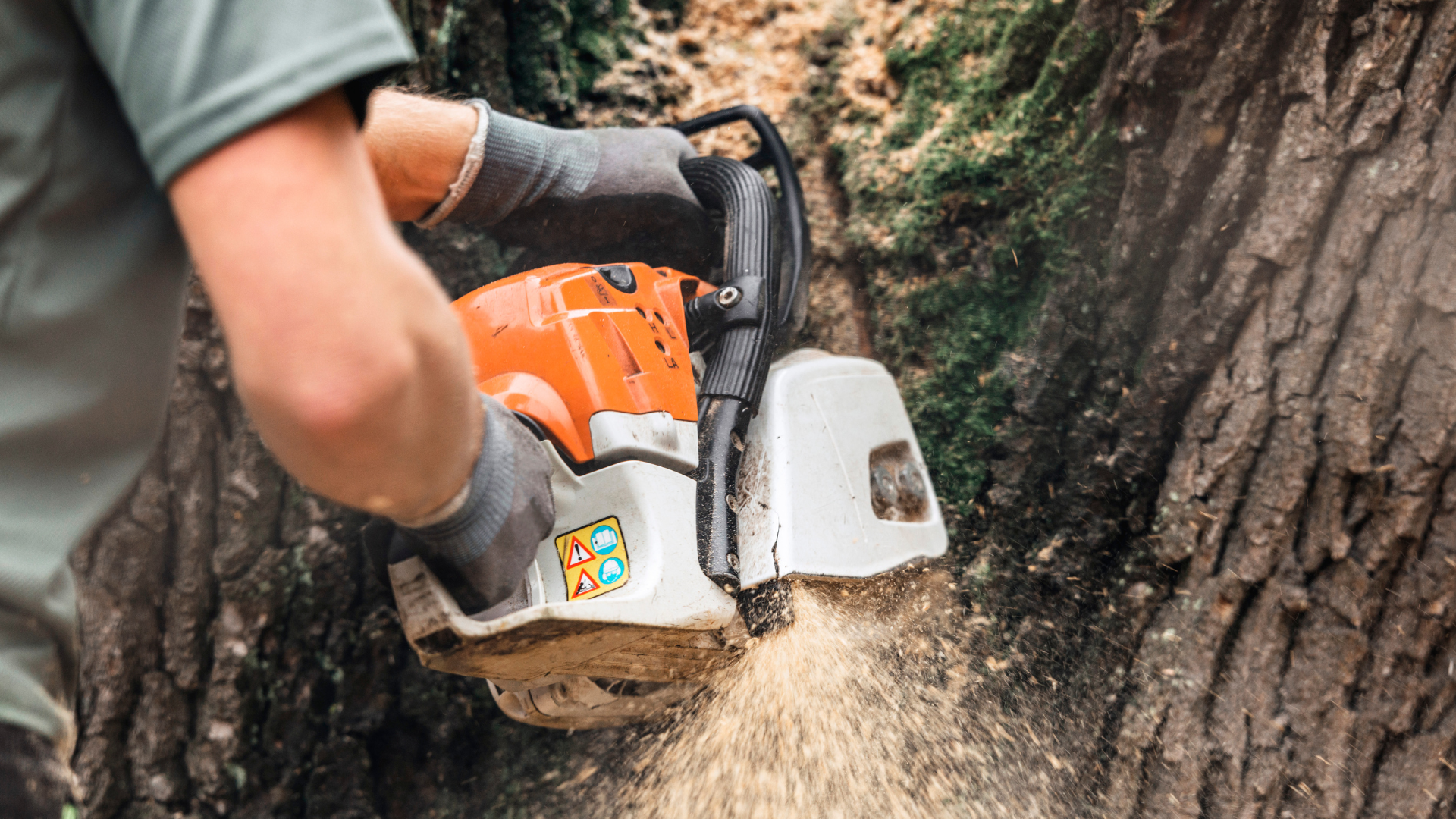
2. Leaning Trees
A tree that is leaning significantly to one side may be structurally unsound, particularly if the lean is recent or appears to be worsening. While not all leaning trees are dangerous, a shift in posture often signals a compromised root system or weakened trunk.
Red flags include:
- Cracked or heaving soil at the base of the tree
- Exposed or damaged roots
- Sudden changes in how the tree is positioned
If a tree’s lean puts it in the path of a structure, driveway, or utility line, it should be inspected immediately.
3. Trunk Damage or Cavities
A tree’s trunk is its core support system. Damage such as large cracks, splits, or hollowed-out areas can seriously weaken it. While some mature trees naturally develop minor cavities, large or deep hollows can signal rot, infestation, or structural instability.
Common signs include:
- Deep vertical cracks or seams
- Fungal growth (like mushrooms) on the trunk or base
- Sounds of hollow knocking when the trunk is tapped
Trunk damage is not always fatal to a tree, but it does require expert evaluation to determine next steps.
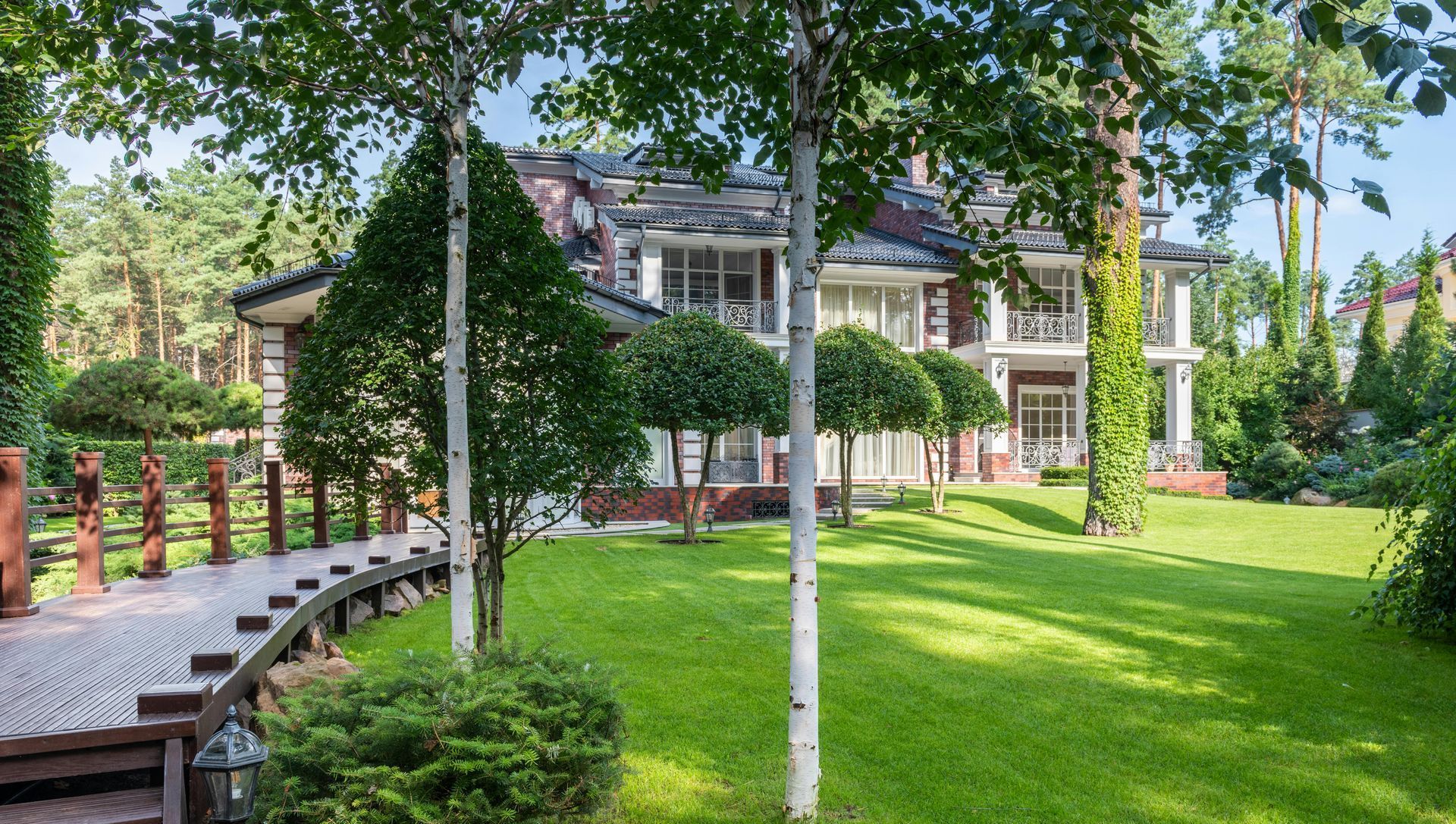
4. Root Problems
A tree’s health begins underground. When roots are compacted, cut, or decayed, they lose the ability to anchor the tree securely. Root damage can occur from construction, soil erosion, drought, or disease—and it is often hidden from plain view.
Warning signs:
- Uplifted soil around the base of the tree
- Visible decay or fungal growth near the roots
- Decline in foliage or branch health
Because root systems are difficult to inspect without experience and equipment, a certified tree professional should assess any suspected issues.
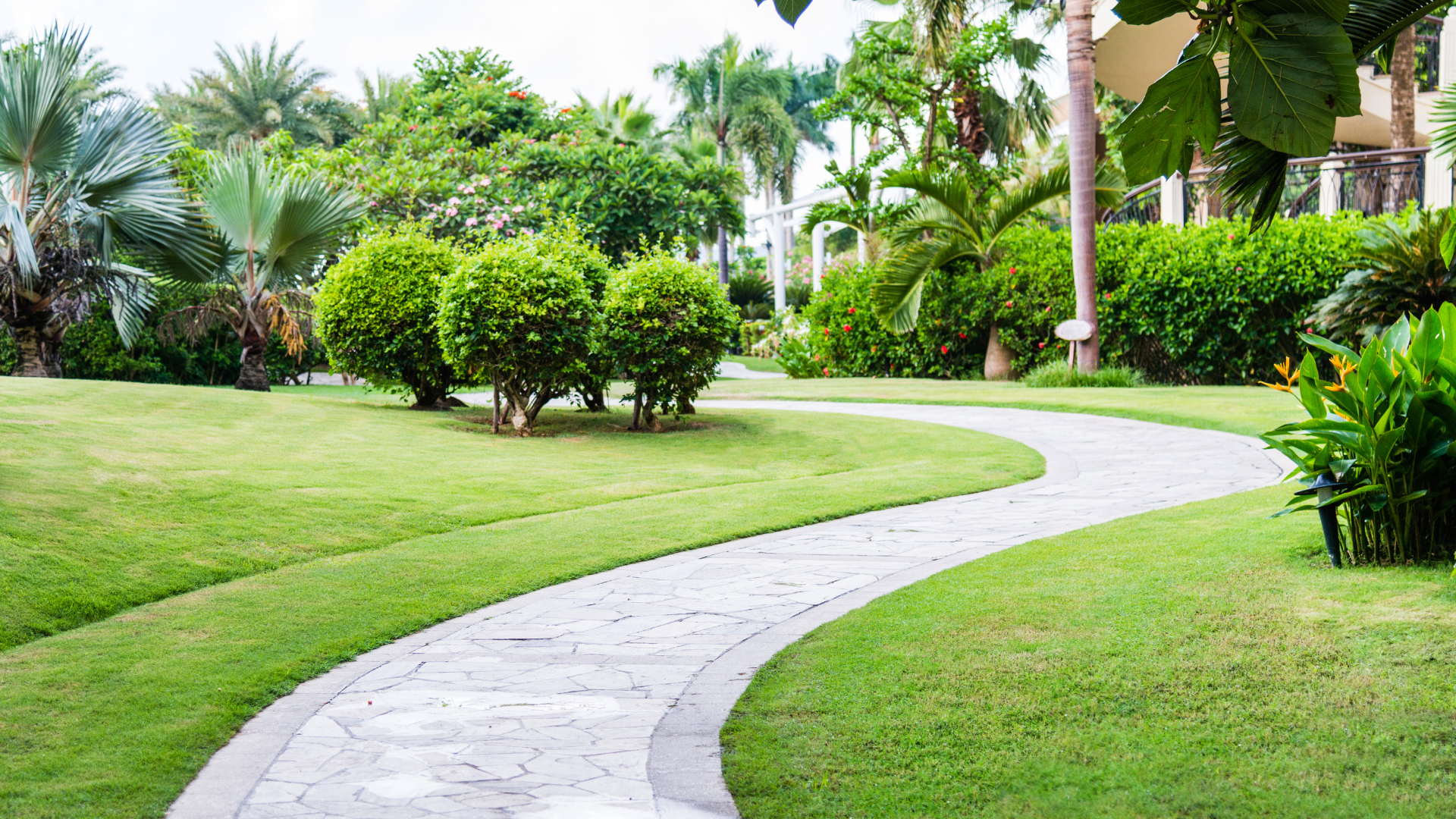
5. Insect Infestations and Disease
Insects like borers, carpenter ants, and bark beetles can hollow out a tree from within, while diseases such as canker, anthracnose, or root rot can eat away at its strength. Many of these issues spread silently, and by the time symptoms are visible, the tree may already be structurally unsound.
Look for:
- Oozing sap or sawdust at the trunk
- Unusual leaf discoloration or premature leaf drop
- Small holes in the bark or visible insect activity
If you notice any of these signs, a professional diagnosis is critical.
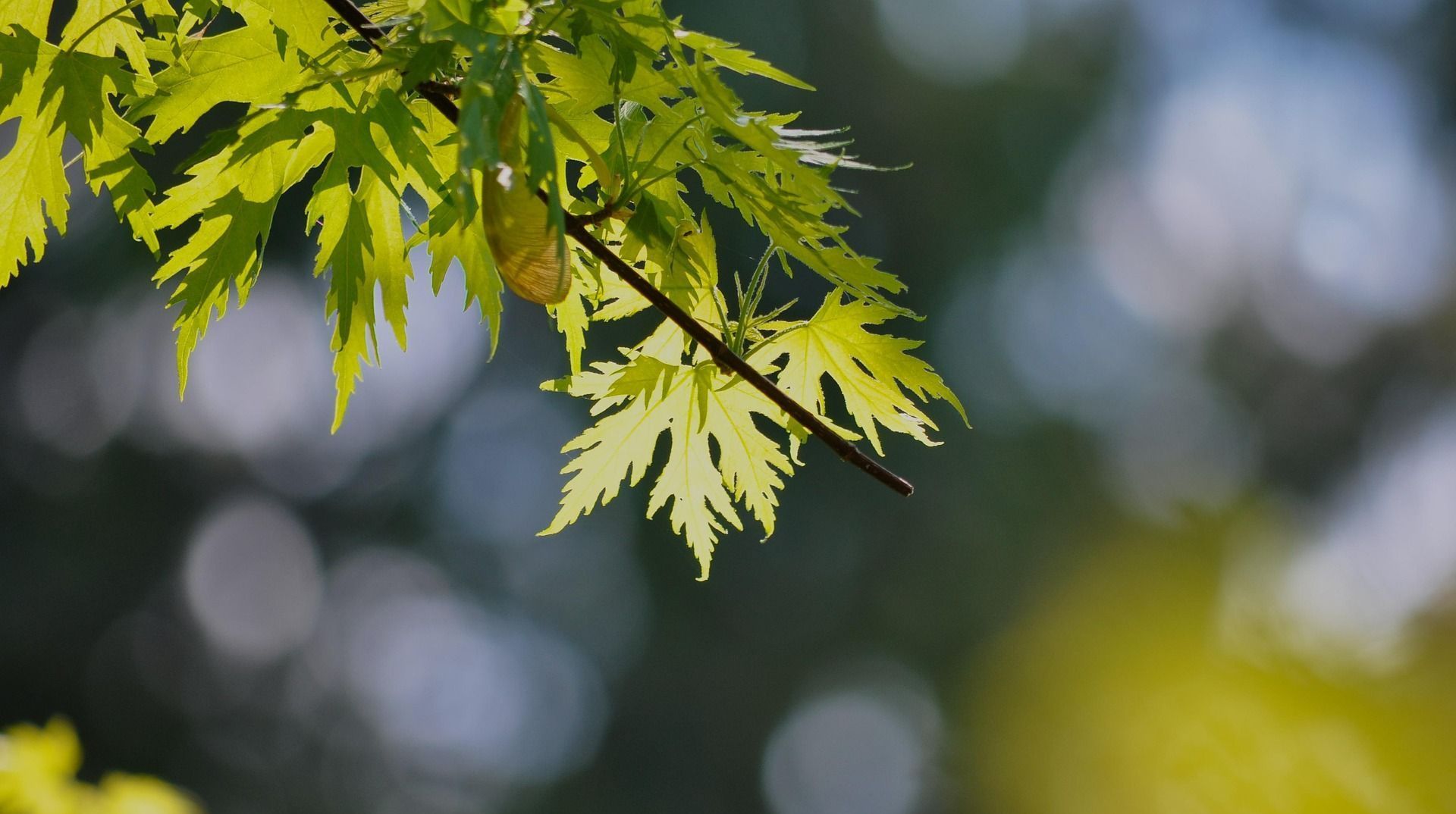
6. Proximity to Structures or Power Lines
Even healthy trees can become hazardous if they are too close to homes, sheds, fences, or utility lines. High winds, ice storms, and even heavy rain can bring large limbs—or entire trees—down. If you have a mature tree growing near critical infrastructure, preventative trimming or removal may be the safest option.
When in Doubt, Call the Experts
Tree hazards are not always obvious to the untrained eye. What may look like a minor issue could be a symptom of a larger structural failure. If you suspect a tree on your property might be dangerous, do not wait until after a storm to take action.
At Quality First Tree Service, we offer expert hazard assessments and professional recommendations for pruning, removal, or land clearing. Our team is trained to work safely and efficiently, ensuring your property stays both beautiful and secure.
If you’re concerned about a tree on your property, contact us today to schedule a consultation. It’s always better to be proactive than reactive when safety is on the line.
